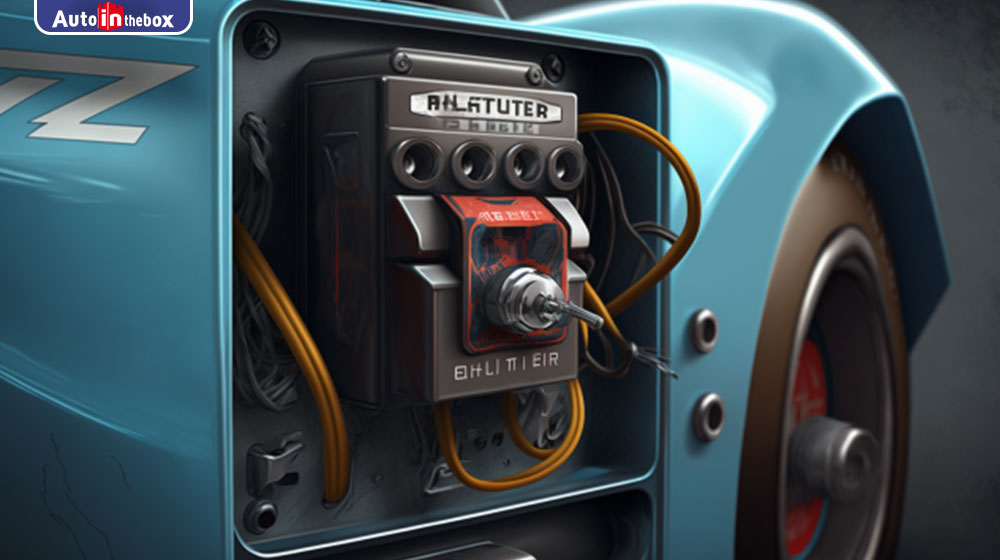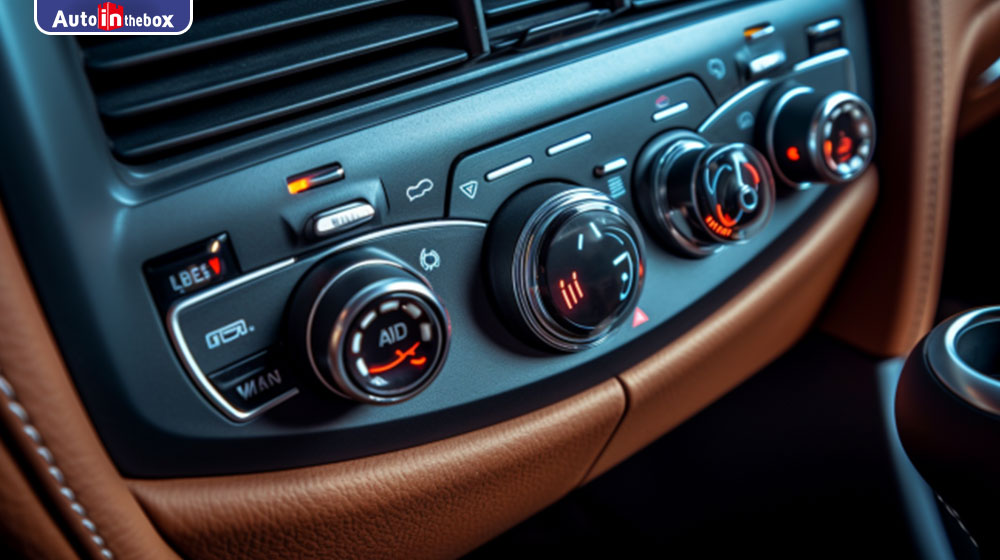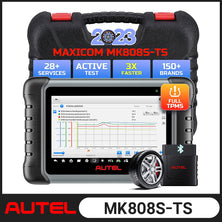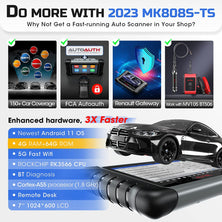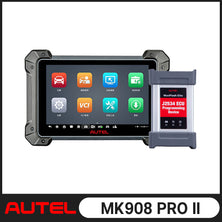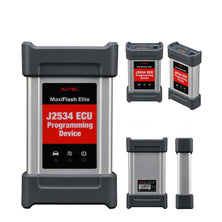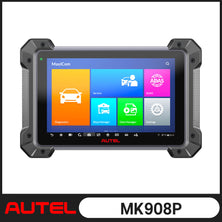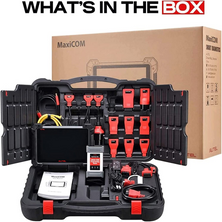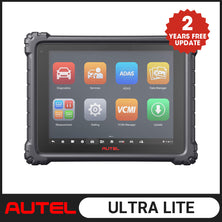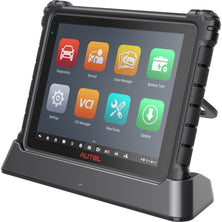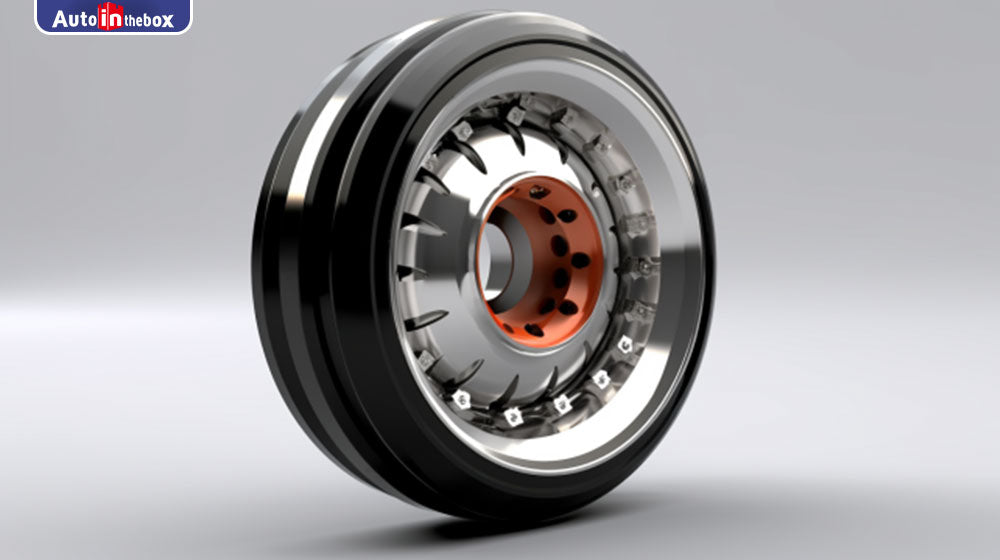
Why Wheel hub or tire wear and noise?
Wheel hub and tire wear and noise are common problems in vehicles. Many factors can contribute to the wear and noise of wheel hubs and tires, including frequency of use, road conditions, driving speed, design and quality of the wheel hubs and tires, regular maintenance, installation issues, problems with the braking system, and the lifespan of the tires and wheel hubs. Environmental factors such as temperature and humidity can also affect wheel hubs' and tires' wear and noise. Regular inspection and maintenance of wheel hubs and tires reduce wear and noise.
Recommended 2023 top car diagnostic tool: Autel Ultra lite,Autel MP808S-TS,Autel MS906BT,Autel MK906BT,Launch X431V+
Many factors can contribute to vehicle wheel hub and tire wear and noise. Here are some of the key reasons:
- Frequency of use: Wheel hubs and tires that are used more frequently are more prone to wear and noise issues.
- Road conditions: Uneven or rough road surfaces can cause more wear and impact on wheel hubs and tires, increasing noise.
- Driving speed: High-speed driving can cause higher rates of tire rotation and centrifugal force, leading to more significant wear and noise.
- Tire pressure: Improper tire pressure, whether too low or too high, can cause damage to the tires and wheel hubs, resulting in increased noise.
- Design and quality of wheel hubs and tires: Poorly designed or low-quality wheel hubs and tires may cause faster wear and more excellent noise.
- Regular maintenance: Lack of routine maintenance can lead to wear and damage to wheel hubs and tires, resulting in noise issues.
- Installation issues: Improper installation or misalignment of wheel hubs or tires can cause noise problems.
- Brake system issues: Problems or malfunctions with the brake system can cause damage and noise in the wheel hubs and tires.
- The lifespan of tires and wheel hubs: When tires and wheel hubs reach the end of their lifespan, they often show signs of wear and noise.
- Environmental factors: Environmental factors such as temperature and humidity can also affect the wear and noise of wheel hubs and tires.
The repair costs for wheel hub or tire wear and noise can vary widely depending on the severity of the problem and the type of repair needed. Some standard maintenance and associated costs include:
- Tire replacement: If the tires are excessively worn or damaged, they may need to be replaced. The tire replacement cost can vary widely depending on the tires' size, brand, and quality but can range from $50 to $200 or more per tire.
- Wheel hub replacement: If the wheel hubs are damaged or worn out, they may need to be replaced. The cost of wheel hub replacement can vary depending on the make and model of the vehicle but typically ranges from $150 to $500 or more per hub.
- Brake system repair: If the noise is caused by problems with the brake system, such as worn brake pads or rotors, repairs can cost anywhere from $100 to $1000 or more, depending on the extent of the damage.
- Suspension system repair: If the noise is caused by problems with the suspension system, such as worn shocks or struts, repairs can cost anywhere from $200 to $1500 or more, depending on the make and model of the vehicle and the extent of the damage.
- Regular maintenance: Regular maintenance, such as tire rotations, wheel alignments, and brake inspections, can help prevent wear and noise issues and typically costs anywhere from $50 to $200 or more per serving.
The cost of repairing wheel hub or tire wear and noise can range from relatively inexpensive regular maintenance to more costly repairs such as tire or hub replacement. The price ultimately depends on the specific problem and the make and model of the vehicle.
Wheel hub or tire wear and noise can have several potential dangers for drivers and their vehicles, including:
- Reduced safety: Excessive wear on wheel hubs or tires can increase the risk of accidents due to decreased traction, reduced handling, and longer stopping distances. This can be especially dangerous in wet or slippery road conditions.
- Increased repair costs: Neglecting regular maintenance or failing to address wear and noise issues promptly can result in more extensive damage and more expensive repairs down the line.
- Reduced fuel efficiency: Excessive wear on wheel hubs or tires can decrease fuel efficiency, as the vehicle requires more power to move and maintain speed.
- Poor ride quality: Wear and noise issues can make the ride more uncomfortable and cause vibration, making it challenging to handle the vehicle.
- Negative environmental impact: Poorly maintained wheel hubs or tires can contribute to increased carbon emissions and environmental damage.
In summary, wheel hub or tire wear and noise dangers include decreased safety, increased repair costs, reduced fuel efficiency, poor ride quality, and negative environmental impact. It's essential to regularly inspect and maintain wheel hubs and tires to prevent these risks.
There are several steps that drivers can take to prevent or minimize wheel hub or tire wear and noise, including:
- Regular maintenance: Regular maintenance, such as tire rotations, wheel alignments, and brake inspections, can help prevent wear and noise issues.
- Check tire pressure: Keeping tire pressure at the recommended level can help prevent excessive wear and noise.
- Choose quality tires: Selecting high-quality tires with good tread and suitable for the vehicle and driving conditions can help prevent wear and noise issues.
- Drive carefully: Avoiding harsh braking and accelerating and driving at moderate speeds can reduce wear and noise on the wheel hubs and tires.
- Avoid overloading: Overloading the vehicle can cause excessive wear on the wheel hubs and tires.
- Avoid rough roads: Driving on rough roads or unpaved roads can cause more wear and damage to the wheel hubs and tires.
- Promptly address issues: Addressing any wear or noise issues promptly can prevent further damage and more expensive repairs in the future.
Regular maintenance, monitoring tire pressure, careful driving, avoiding overloading and rough roads, and promptly addressing any issues can help prevent or minimize wheel hub or tire wear and noise.
Wheel hub or tire wear and noise are essential for drivers and their vehicles. Excessive wear and noise can lead to reduced safety, increased repair costs, decreased fuel efficiency, poor ride quality, and negative environmental impact. Regular maintenance, careful driving, and addressing issues promptly can help prevent or minimize wear and noise on the wheel hubs and tires. Drivers must understand the potential dangers of the wheel hub or tire wear and noise and take proactive steps to prevent or address these issues. By doing so, drivers can ensure safer, more efficient, and more comfortable driving experiences.
